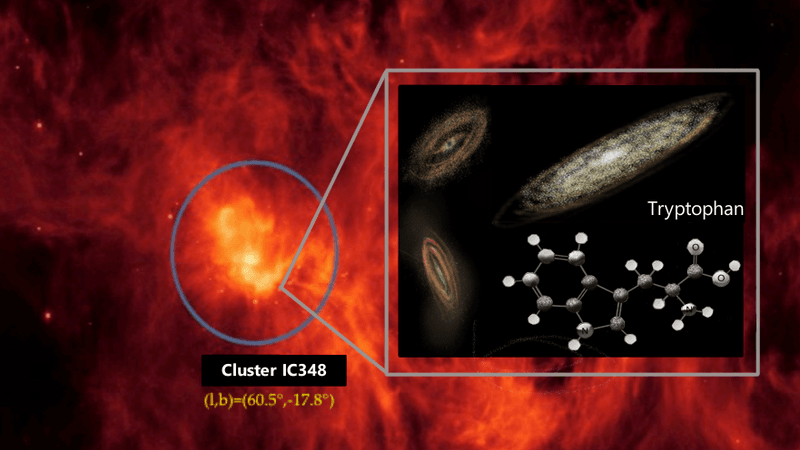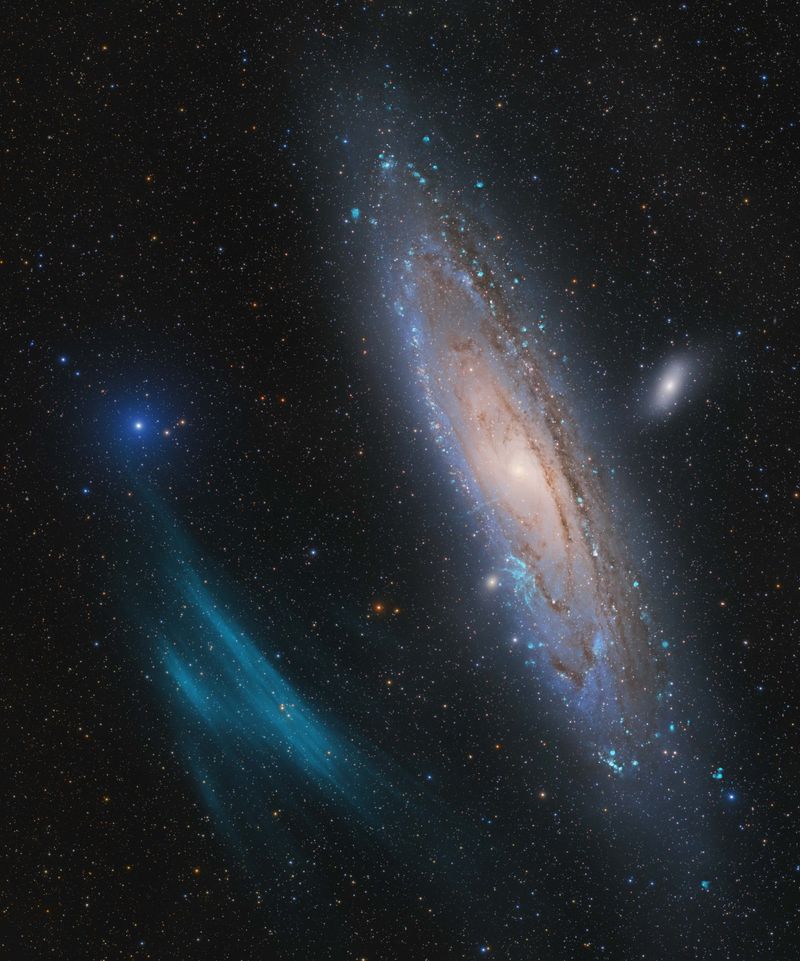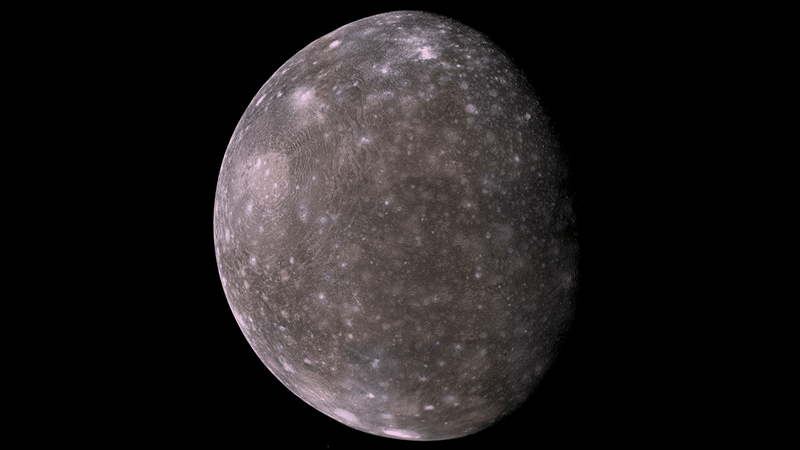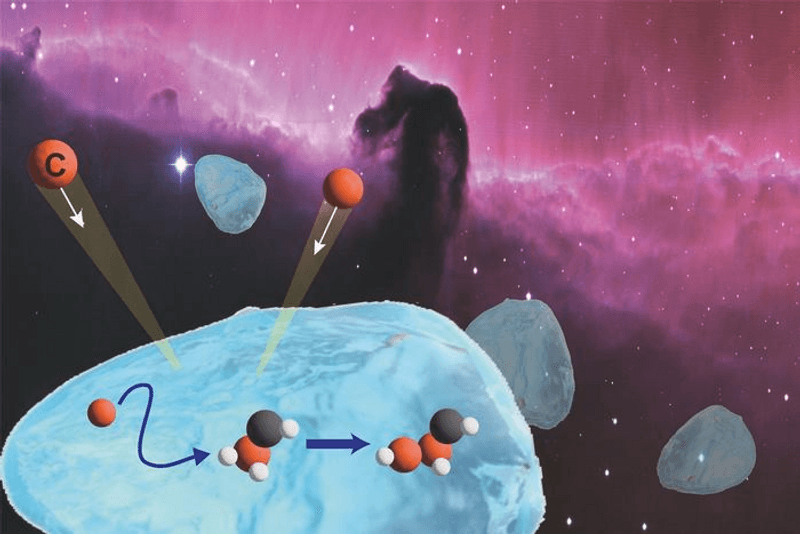Astronomers have discovered one of the 20 amino acids essential for humans in the Perseus Molecular Complex, a star-forming region 1,000 light-years from Earth. The amino acid in question is called tryptophan – it is crucial for baby growth, and in adults, it is used to make proteins and enzymes as well as muscles and neurotransmitters.
The whole Perseus Molecular Complex is invisible to us and regular optical instruments, but not to infrared instruments where it shines bright. And that is great news when looking for molecules like tryptophan, which has a distinctive light signature when seen in infrared. Therefore, it was chosen as a potentially interesting target.
Using data from the now-retired Spitzer telescope, astronomers looked at the observations of the IC348 region where about 400 stars have formed. As in other star-forming regions, most of the stars are low mass and Spitzer had previously discovered that half of them had material orbiting the stars. About 120 of those stars are disks from when they formed, which was just 2 million years ago.
"The evidence for tryptophan in the Perseus molecular complex should encourage additional effort to identify other amino acids in this region, and in other star-forming regions. It is a very exciting possibility that the building blocks of proteins are widely present in the gas from which stars and planets form – it may be key for the development of life in exoplanetary systems,” lead author Dr Susana Iglesias-Groth, from the Instituto de Astrofísica de Canarias, said in a statement.
Amino acids have been found in many space environments such as meteorites, asteroids, and comets. They are found in extreme places such as the atmosphere of Venus, so the discovery in interstellar space is not that dramatic. Around IC348, they are at a balmy 7 °C (44.6 °F), which is not too shabby for interstellar space. This measurement is in agreement with previous observations by Dr Iglesias-Groth, who has measured the temperature of hydrogen and water molecules present in the interstellar cloud.
While not dramatic nor unexpected, the discovery of tryptophan tells us that amino acids are common. They are there as planetary systems have not formed yet and they may play a role in their chemistry, just as they played a role in the chemistry of life here on Earth.
The findings are reported in the Monthly Notices of the Royal Astronomical Society.




